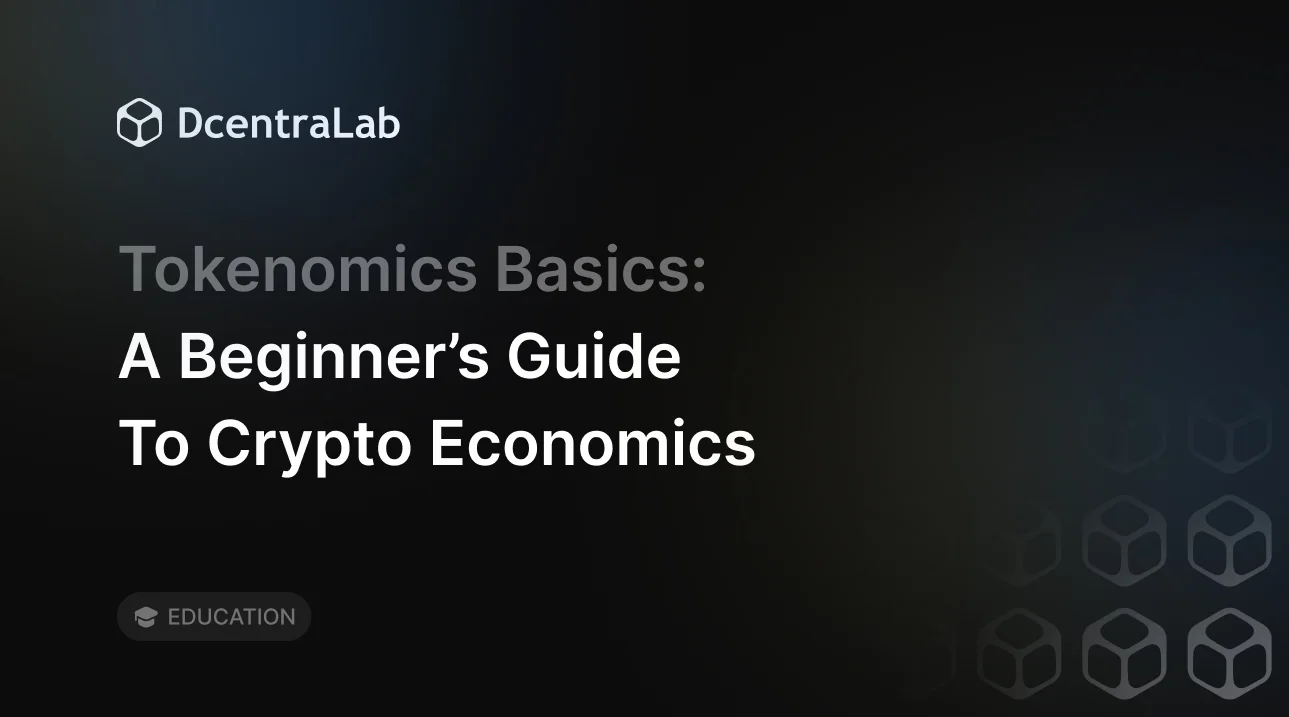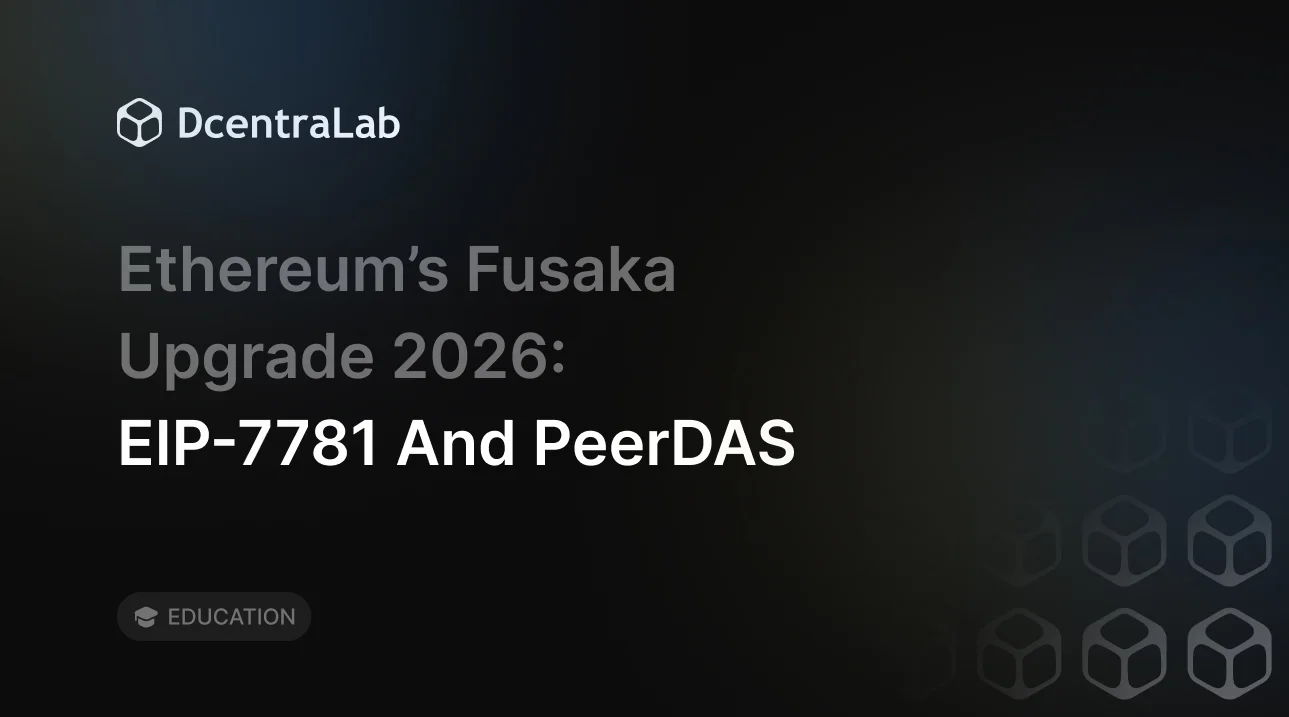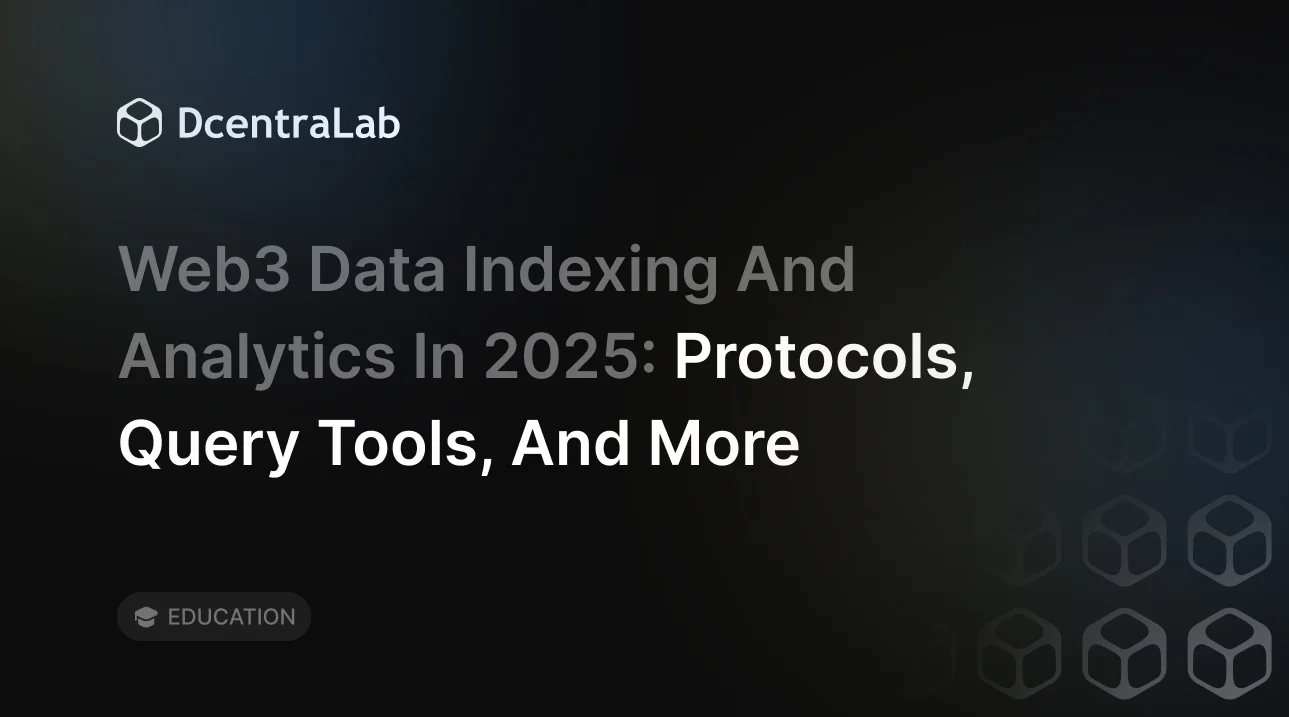Tokenomics Basics: A Beginner’s Guide to Crypto Economics

A Short Definition of Tokenomics
Tokenomics is a portmanteau of “token” and “economics.” It refers to the study and design of the economic principles, utility, and mechanisms that underlie the creation, distribution, and management of tokens in a cryptocurrency or blockchain project. Tokenomics examines factors such as supply, demand, inflation, incentives, and token utility to help determine a token’s value and role within its ecosystem.
Supply: Max, Circulating, and Inflation
In tokenomics, price is ultimately driven by supply and demand. When demand for a cryptocurrency rises while supply remains limited, prices tend to increase. Conversely, if supply outpaces demand, prices often fall.
Max supply refers to the total number of tokens that will ever exist, such as Bitcoin’s fixed 21 million cap. This scarcity can create long-term upward pressure on price if demand holds. Circulating supply is the number of tokens currently available in the market; it directly influences liquidity and market capitalization. Inflation, on the other hand, measures how quickly new tokens are introduced into circulation. High inflation can dilute value by increasing supply faster than demand grows, while low or deflationary models often appeal to investors seeking scarcity.
Together, max supply, circulating supply, and inflation rates shape a token’s perceived value, influencing investor confidence and long-term price stability.
Distribution & Allocation
In tokenomics, distribution and allocation determine who holds a cryptocurrency at launch and how tokens enter circulation over time. A balanced distribution can foster community trust and long-term adoption, while uneven allocation often creates price instability.
A notable case is Internet Computer (ICP). At launch in May 2021, ICP debuted between $450–$700, but within weeks its price collapsed by over 95%. The crash was fueled by uneven allocation, with around half the supply held by insiders and early investors. Many of these tokens were quickly unlocked, leading to massive sell-offs that flooded the market with supply while demand lagged. The lack of meaningful community incentives further alienated retail investors, who felt disadvantaged compared to insiders.
By contrast, Uniswap set a positive example by allocating a large portion of tokens as an airdrop, rewarding early users and solidifying its role as a leading DEX.
This contrast highlights how distribution strategy can make or break a token’s long-term success.
Token Utility & Incentives
Token utility and incentives are central to tokenomics, directly influencing demand and long-term price stability. A token with strong use cases fosters sustainable growth by tying its value to real functionality. For example, Chainlink’s LINK token is essential to the network. The token compensates node operators for delivering reliable, tamper-proof data to smart contracts, ensuring the ecosystem’s continued operation. This built-in demand strengthens LINK’s value proposition.
However, utility isn’t the only driver of price. Memecoins like Shiba Inu and Pepe, despite offering little practical use, have seen explosive price gains fueled by speculation, community hype, and viral marketing.
These examples highlight a key dynamic. Tokens with strong utility tend to build lasting ecosystems, while hype-driven tokens can spike in value but remain vulnerable to volatility.
Assessing Tokenomics in Practice
Assessing tokenomics in practice requires a structured and disciplined approach that goes beyond surface-level hype.
The process begins with fundamental analysis, carefully reviewing a project’s whitepaper to determine whether the token truly adds value to the business model or is simply an unnecessary layer. Distribution and allocation must also be examined, as concentrated ownership among insiders or investors can create long-term risks through sell pressure and reduced community trust.
Token utility and incentives are equally critical. Tokens should have meaningful roles such as enabling governance, payments, or rewards, with incentives that are sustainable rather than short-term lures.
Market metrics, including capitalization, trading volume, and network activity, provide insight into adoption and overall health. Governance frameworks and holder distribution also require scrutiny to ensure decentralization and fairness.
By combining these assessments with standardized auditing frameworks, investors can more reliably gauge tokenomics quality and sustainability.
FAQs
How does token supply affect price?
Token supply influences scarcity. If demand rises while supply is limited, prices tend to increase. Conversely, if supply grows too quickly relative to demand, prices often fall.
Why are some tokens deflationary?
Deflationary tokens reduce circulating supply over time, often through mechanisms like burns or capped issuance. This scarcity is designed to support long-term price stability or appreciation.
What is a token burn and why do projects do it?
A token burn permanently removes tokens from circulation, usually by sending them to an inaccessible address. Projects burn tokens to reduce supply, increase scarcity, and potentially boost price.
How important is governance in a token’s value?
Governance is crucial because it gives holders influence over protocol upgrades, treasury decisions, and ecosystem rules. Strong governance increases trust, community engagement, and long-term sustainability, which can enhance a token’s value.



